‘Chuseok (추석),’ also known as ‘Hangawi (한가위),’ is a national Korean holiday celebrated during the eighth month of the lunar calendar, on the full moon. This year it falls on Sept. 17, but in Korea the holiday extends to a total of three days, including the day before, and the day after Chuseok. In all parts of Korea, schools and companies close, allowing all citizens to visit their family homes and ancestors’ graves for a reunion. On Sept. 14, the New York Public Library (NYPL) is holding a celebration of Chuseok, at their location on 53rd Street.
Resembling the American Thanksgiving holiday, Chuseok honors the flourishing crops ancestors cultivated from spring to summer, while also marking the beginning of the harvest. Just as Thanksgiving has traditional symbols such as the classic roasted turkey, or televised parades, there are also established conventions regarding practices and food that signify Chuseok.
Some of these practices will be on display during NYPL’s event, including a rice cake making workshop from 2 p.m. to 4 p.m. Jennifer Lee, founder and creator of Rice Blossoms, an online rice cake company based in New York and Honolulu plans to share her expertise of this renowned Korean dessert that is a crucial part of Chuseok tradition — an equivalent to American Thanksgiving’s pumpkin pie, one might say.
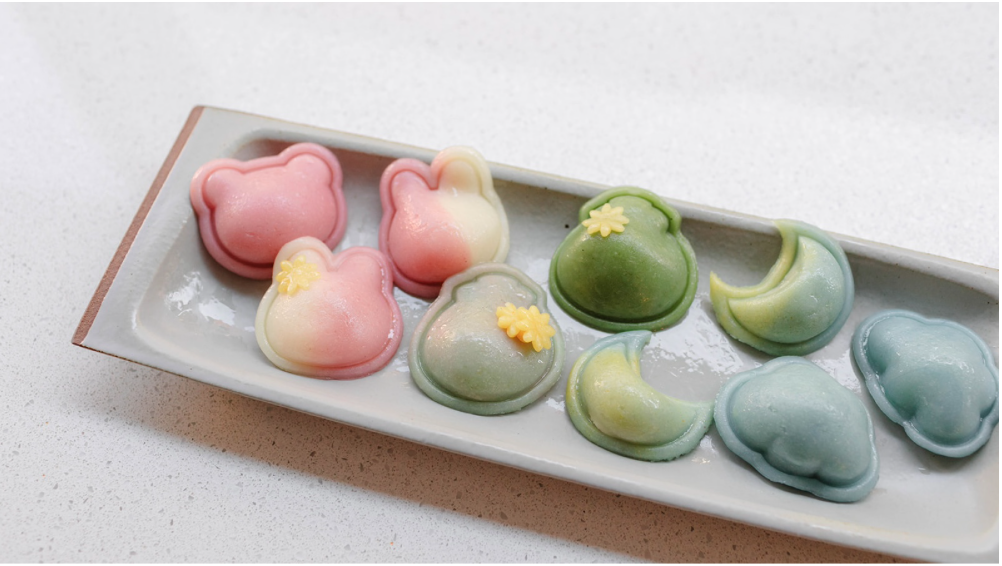
The specific rice cake dessert called ‘Songpyeon (송편)’ is a colorful, sweet rice cake made with white rice powder and typically filled with ingredients such as red beans, sweet sesame, chestnuts, and honey. It marks the final course of the ‘Cha-rye (차례),’ — a common practice adhered during Chuseok to commemorate ancestors. Songpyeon takes an important role in this ceremony as a representative symbol of crop prosperity, and is eaten after the main meal to display gratitude to the ancestors for the successful rice harvest season.
When speaking to the New School Free Press, Lee expressed a sense of family unity gained through her experience making Songpyeon during Chuseok. She mentioned the nostalgia during her elementary school years of making her whimsical “duck-shaped” Songpyeons with her cousins during the holiday. “My cousin and I will sit around and compete whose had the prettiest shape or whose Songpyeon wouldn’t burst after steaming,” Lee said.
In her interpretation of Songpyeon, which started seven years ago with the inception of Rice Blossoms, she harmonized the traditional Korean “raw ingredients” with a modern twist, making her rice cakes “approachable to non-Koreans in the city, and the younger generations as well,” Lee said. This Saturday, Lee will present the Baram-tteok or wind rice cake, another type of traditional Korean rice cake, instead of Songpyeon, since Baram-tteok is eaten more often — on birthdays, anniversaries, and holidays, including Chuseok.
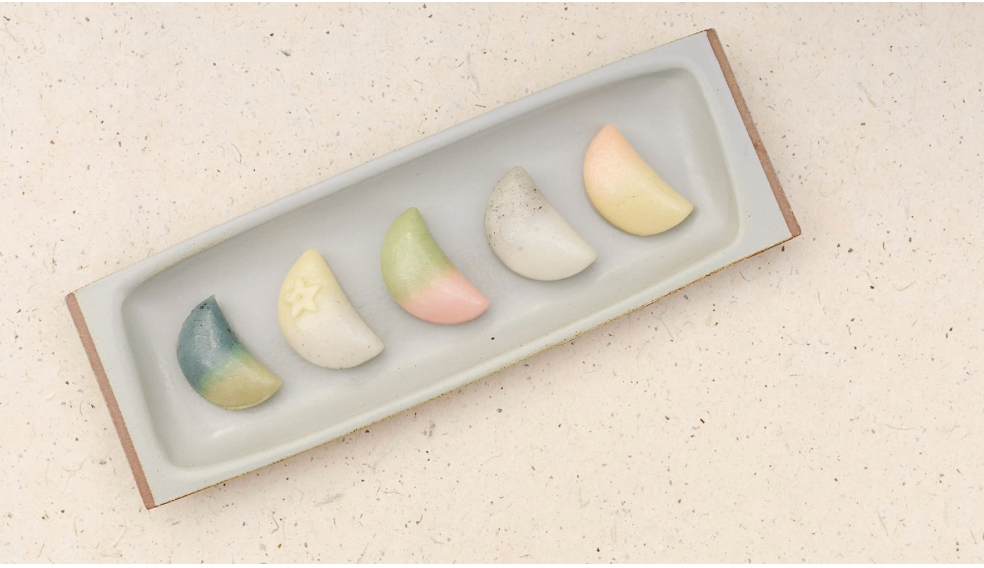
It is a Korean family custom for members to gather and cook dishes together to reinforce family ties and kinship, in the season of giving. Lee’s forthcoming workshop in collaboration with NYPL will reflect these values as guests are able to shape and fill rice cakes by hand alongside other attendees of the event, fostering a communal learning experience.

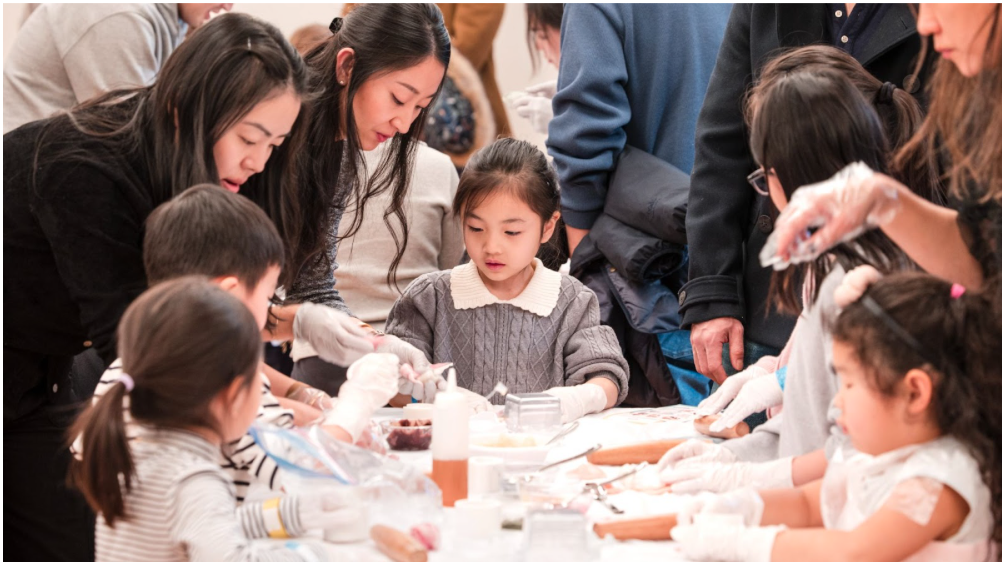
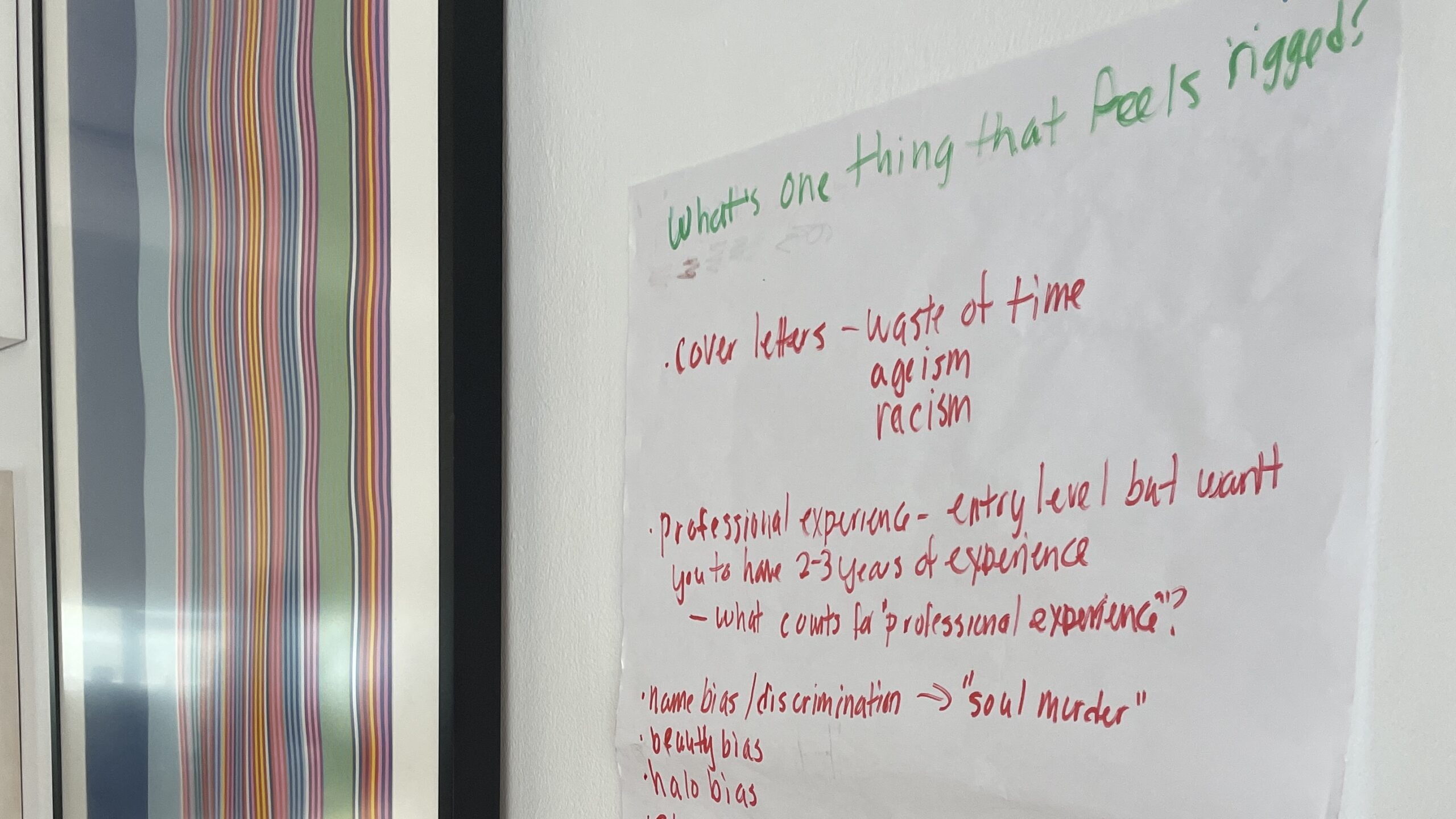
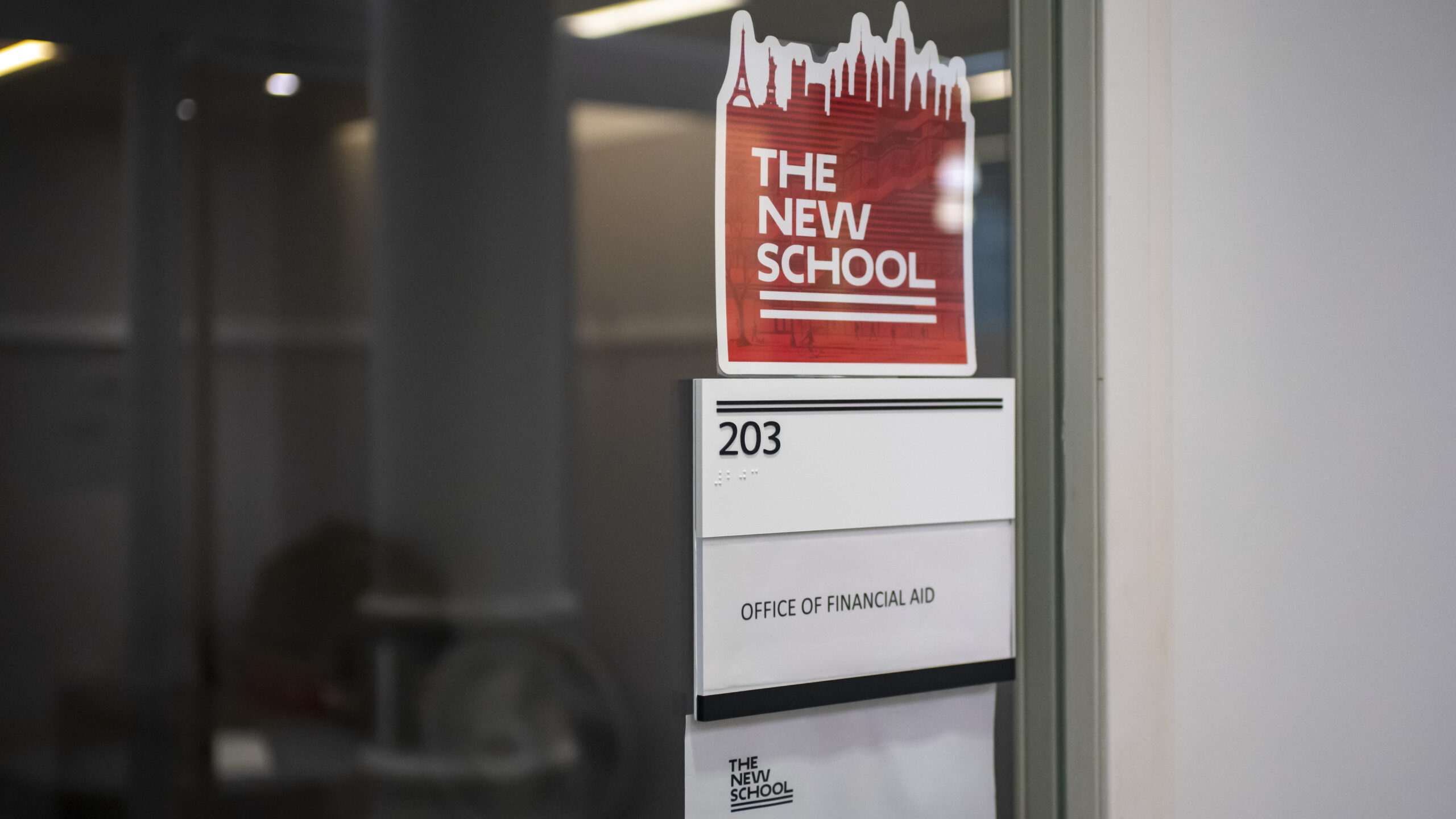
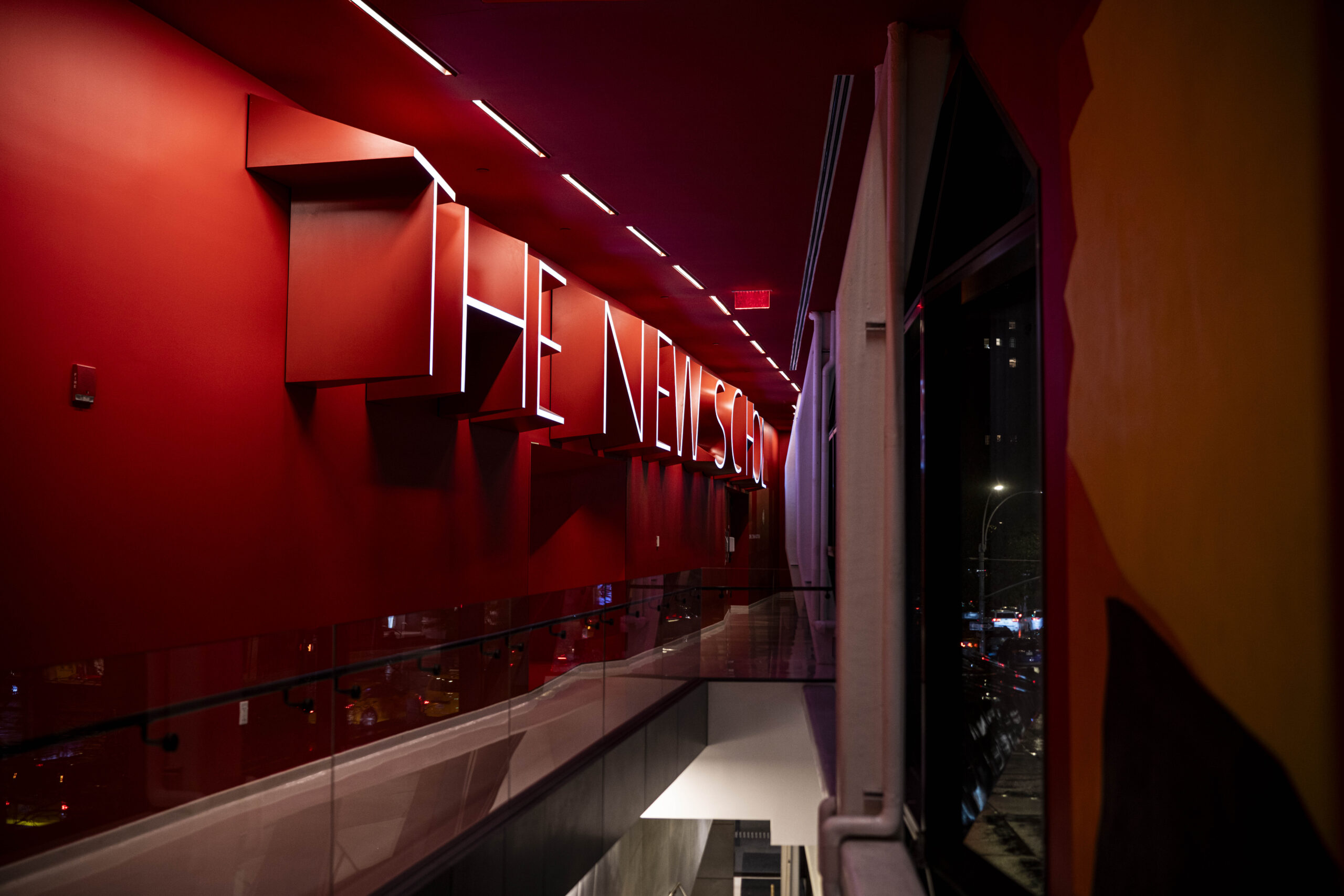
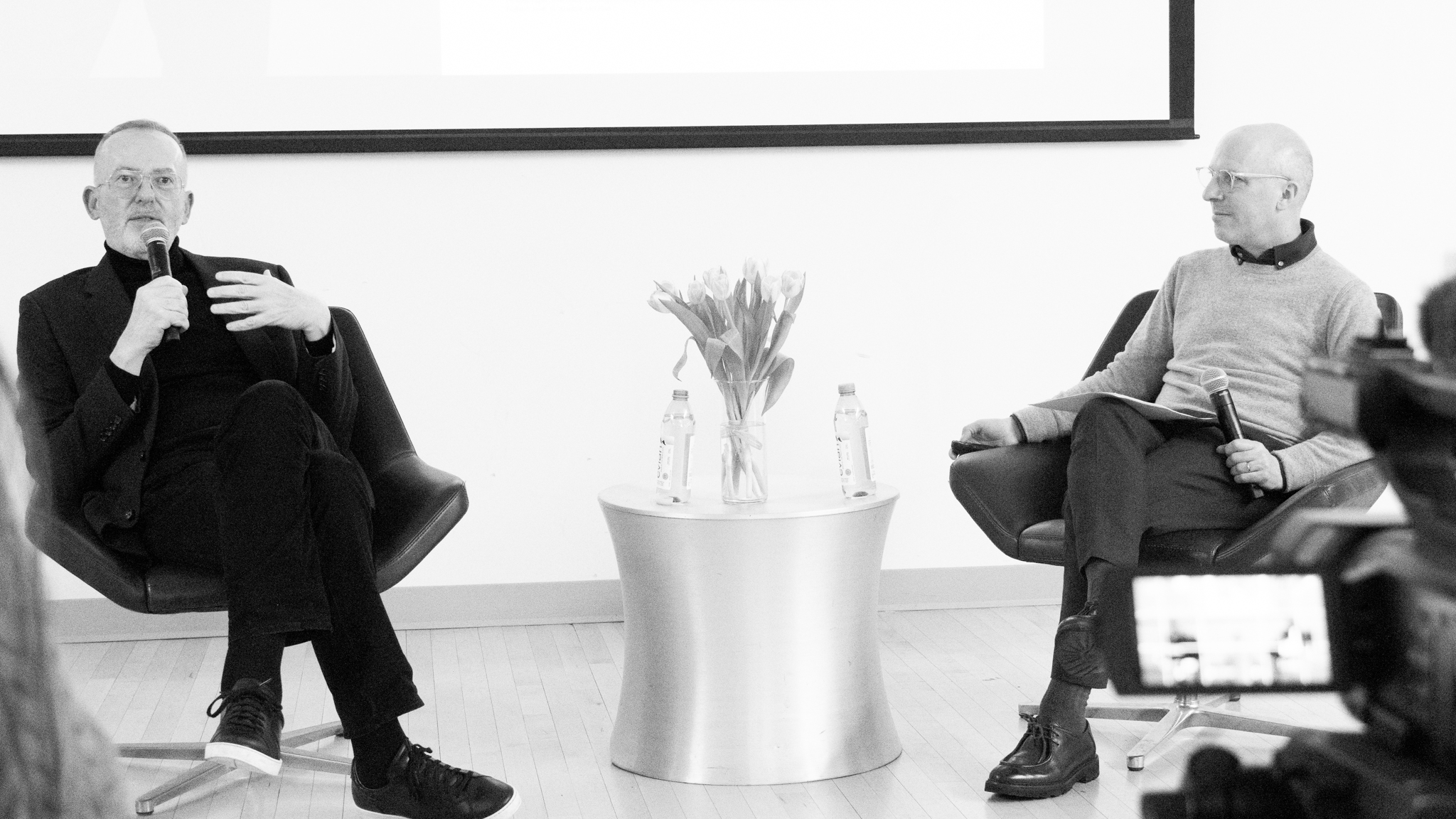


Leave a Reply